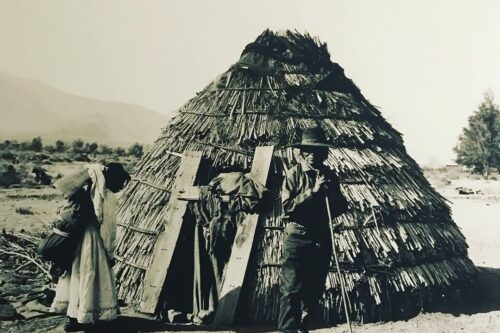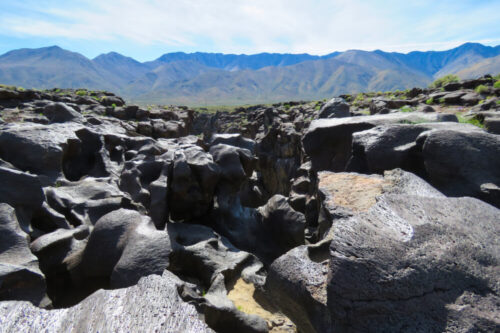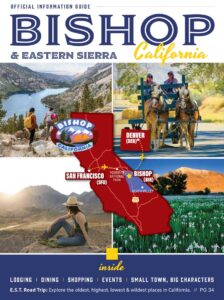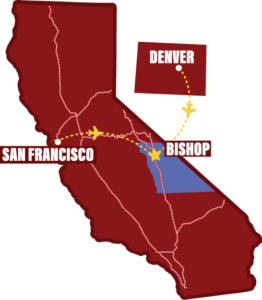50th Anniversary of Mule Days in Bishop
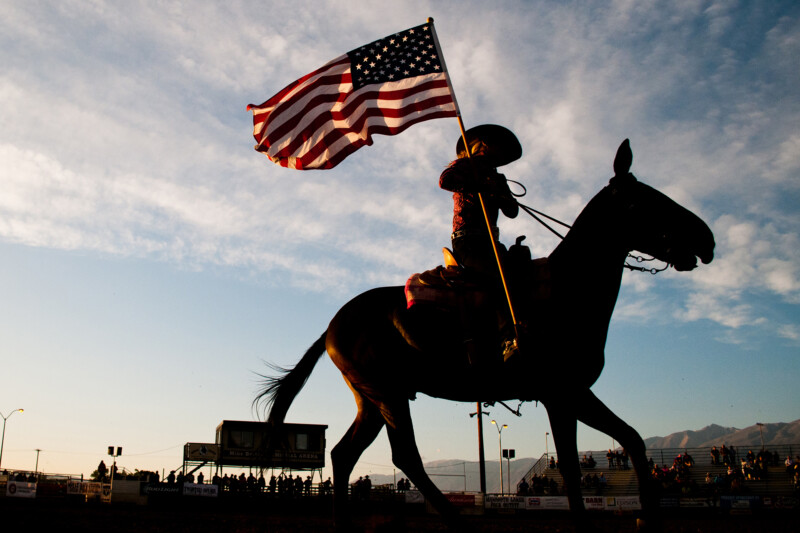
“The mule always appears to me a most surprising animal. That a hybrid should possess more reason, memory, obstinacy, social affection, powers of muscular endurance, and length of life, than either of its parents, seems to indicate that art has here outdone nature.” ~ Charles Darwin
Mule Days Celebration
The Mule Days Celebration in Bishop is 50 years old this year! Come kick up your heels at the greatest Mule Show on Earth. Learn about the history of this amazing animal and why it is so important to our national heritage and local culture. Learn about its significance in the Eastern Sierra, the great American west, and many places around the world.

Held every year in Bishop on Memorial Day weekend, this six-day event starts on Tuesday before Memorial Day. Don’t miss the Memorial Day Arts & Crafts Show in the Bishop City Park, run by Inyo Council for the Arts.
Get tickets, merchandise, souvenirs, loads of information, and sign up for the newsletter at the Mule Days Celebration website here. Whether you’re a competitor, vendor, visitor, volunteer, or local — our Mule Days event could be the highlight of your year. It’s where you’ll make new friends, catch up with old ones, and make memories that will last a lifetime.
History of the Mule
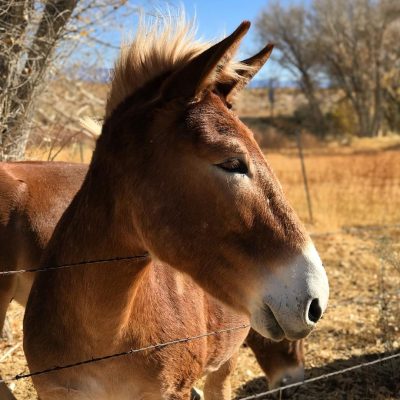
The mule is a hybrid animal bred from a male donkey and a female horse. The hinny, which is a slightly less common variant, is the result of breeding a male horse with a female donkey. The mule and hinny have subtle differences that a trained eye can recognize, but most of us refer to them both, albeit incorrectly, as mules.
Mules are known to have more stamina, have greater patience, and live longer than horses. They require less food than a horse of similar size, are more independent, and can walk greater distances without rest. They are also said to have higher intelligence than the horse. All-in-all the mule has inherited the best of each of its equine parents; athleticism from the mare and intelligence of the jack.
This hybrid offspring can be either male or female and, in all but a very few cases, the mule and the hinny are sterile. The reason is because the parents each have different chromosome counts. The donkey has 62 chromosomes and the horse has 64 chromosomes. This results in the offspring having an odd chromosomal count of 63 and therefore rendering it infertile. In over 500 years there have only been 60 recorded instances of a female mule producing a foal. There are no recorded cases of fertile male mules. However, male mules are gelded for the same reasons that a horse is gelded – he becomes more sociable and suitable as a work animal.
Mules in the Ancient World
There is no clear evidence about exactly when and where the first mules were bred, but it is believed that the inhabitants of Paphlagonia and Nicaea, a region that is now part modern day Turkey, were the first to breed mules over 6,000 years ago. What is known from historical texts is that the mule was a valuable pack animal in Egypt from well before 3,000 B.C. It was revered throughout the ancient world, from Asia Minor to ancient Greece to northern Africa. In most of the ancient world, the mule commanded a higher price than even a good chariot horse.
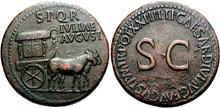
Around 1040 B.C. the mule replaced the donkey as the “royal beast” in the Holy Land. Although breeding mules was forbidden by Hebrew law, their use was not, and mules were likely imported from Egypt. King David and King Solomon rode mules to their coronations. Homer, the Greek historian and writer, wrote in the Iliad in 800 B.C. about the arrival of mules from Asia Minor, where their breeding was reputed to be a specialty. In ancient Rome mules were widely used for transport. Their strength and endurance were highly respected and the Roman legionaries used mules in their baggage trains. The Roman Army General Marius trained his soldiers to emulate these remarkable physical feats and every soldier was required to carry his own armor, weapons, equipment and rations – packs that weighed about 50-60 pounds – and march great distances. The soldiers became known as “Marius Mules” as a tribute to the mule’s stamina. When Hannibal crossed the Alps in 218 B.C. there is evidence from old paintings and more recent scientific study that, along with the elephants that fared badly in these cold, high altitude mountains, he also took mules.
Mules in the New World
More recent history shows that mules were common in Europe before the Renaissance and, while horses remained the preferred mount for heavily armored knights, mules were preferred by the nobility and clergy. Spain, Italy and France developed a flourishing mule breeding industry and by the mid-1700s the Spanish mules were considered the best in the world. Mules would be instrumental for the Conquistadores in their exploration of the American continent.
It was not until the late 18th Century that mules became a staple of the Americas. In 1785 General George Washington was presented one Spanish jack, named the “Royal Gift”, from King Charles III of Spain and began breeding the gifted jack to his mares. Washington was a student of agriculture and saw the potential for mules in the American landscape. In 1786, French General Lafayette sent former President Washington a jack and two jennies from the island of Malta. Washington then bred the Spanish jack, Royal Gift, to the Maltese jennies creating a bigger jack that in turn would produce larger and sturdier mules for use in agricultural endeavors. By 1799, the year of his death, his estate, Mt. Vernon, listed 58 mules on the property. George Washington, Thomas Jefferson and Henry Clay were just a few well known historical figures who recognized the value of the mule and continued to create better jack stock to breed with horses to make better mules.
Mules in the American West
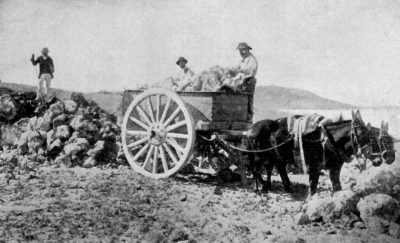
Throughout the north and south mules were used to plow fields, harvest crops, and carry crops to market. During the Cotton Boom of the 1850’s the number of mules grew significantly with the majority coming from Texas, Missouri, Kentucky and Tennessee. It was the westward expansion of the North American continent where the mule really made its mark. The wagon trains hauled by mules could cover the plains at a rate of about 30 miles per day, compared to those drawn by horses and oxen that could only average about 5 miles per day. The Old Spanish Trail, which connected Santa Fe with Los Angeles, was said to be the most difficult trail in America. For 20 years from 1829 – 1849, mule pack trains hauled goods along this treacherous 2,700-mile trail. The stage coach lines also preferred large mules to horses. A mule team could reach speeds of 10-miles per hour on dry, flat land. Have you ever wondered why the main streets of old western town were so wide? The commercial center of many western towns was laid out to accommodate the turning radius of mule teams.
Then in 1848, when gold was discovered in California, the mule was once again the working animal that made this discovery economically viable. Mules carried gold from the gold fields to the ports and from the mines to the banks. They hauled ore, supplies, commodities, mail, equipment and people through the region. By 1855 many mules worked throughout California on both the western and eastern slopes of the Sierra Nevada. While all this industry was underway at the lower elevations of this, as yet, little explored mountain range, John Muir rode his mule, Brownie, throughout the upper elevations from Kings Canyon to Yosemite.
Mules in the Eastern Sierra
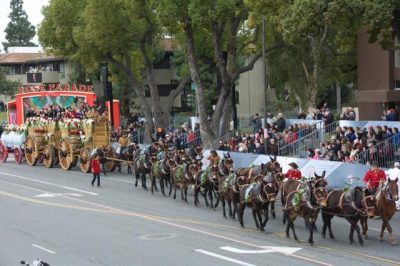
Another discovery that would likely not have resulted in a workable business model, if it weren’t for the mule, was that of borax in Death Valley in 1881. For eight years the company that mined the borax near Furnace Creek in Death Valley transported over 20-million pounds of borax with their 20-mule team trains to Mojave, 165-miles away. The round-trip journey took over 20 days, covering terrain without water in extreme high temperatures. Each train consisted of two 16-foot wagons filled with borax, plus a 1,200-gallon water tank. The total load weighed over 36 tons. In all those years, not a single mule was lost. It remains one of the most enduring testaments to the stamina of the mule.
Today the mule is still a vital part of the Eastern Sierra landscape and mountain activities. At last count there were at least 16 active mule pack stations in the Sierra Nevada. These stations supply mule trains and packers for the US Forest Service crews who build and maintain back country trails and foot bridges. The stations service mountaineering base camps, hikers along the Pacific Crest and John Muir Trails, and recreationalists looking for a mountain adventure. The Unites States Marine Corps also utilize mules for its Animal Packers Courses at its Mountain Warfare Training Center located near Bridgeport, CA.
Most recently, in 2017, the 20 Mule Team Borax Wagon Train gained national recognition when the new replica wagons and a highly trained team of mules participated in the Rose Parade in Pasadena and later in the July 4th parade in Washington DC. One hundred years after the original team was in the 1917 Rose Parade and the inaugural parade for President Woodrow Wilson in 1917, the 20 Mule Team continues to amaze audiences. The team is a feature of Bishop Mule Days and the Mule Days Parade. The replica wagons are now on permanent display at Laws Railroad Museum, just 6 miles north of Bishop, CA.
History of Mule Days in Bishop
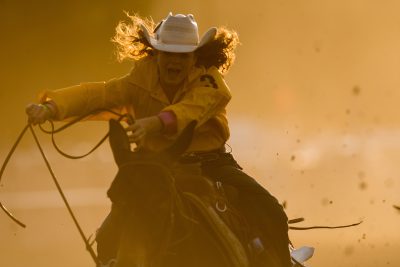
Mule Days began in 1969 to signal the start of the summer packing season in the high Sierra. It was an informal gathering and a test of skills among mule packers. It has grown into one of the most prestigious mule events of the year in the USA. For five days, every Memorial Day weekend, more than 30,000 fans from around the country (and the world) converge on Bishop for this colorful and fun festival.
Today over 700 mules with their trainers, riders and packers participate in 14 mule shows that include equestrian disciplines such as: Western, English, youth, barrel racing, gymkhana, packing, shoeing, chariot racing, team roping and driving. The result is a tremendous display of human and animal skills. In addition to these equine contests, participated in by real working cowboys and cowgirls, the event presents excellent entertainment in the form of a country music concert and lively country dancing. It is a festival that brings this close-knit community together in celebration of the traditions and values that make Bishop a truly unique and special place.
Enjoy Mule Days and Other Bishop Activities
As if Mule Days weren’t enough, there is so much more to do and see in our ‘big backyard’ that you just might need to stay longer or come back again. Plan your Mule Days weekend outside of the arena with many great getaways near Bishop by calling (760) 873-8405 or stopping by our visitor center at 690 N. Main Street. Our friendly, knowledgeable staff can provide maps, information about Mule Days and other wonderful things to do, see and learn about Bishop and the Eastern Sierra.
Mule Days Images from Instagram
Follow us and tag your images #visitbishop
